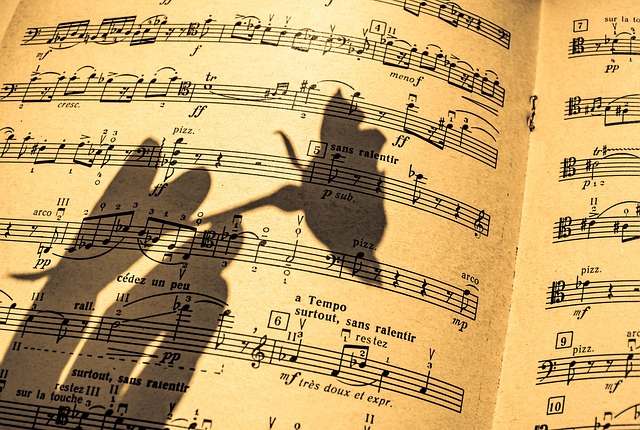Photography is more than just clicking a button on a camera; it’s the profound art of interpretation. Every image speaks a language that transcends words, capturing emotions, moments, and stories that often go unnoticed. When we hold a camera, we wield the power to interpret the world around us through our unique lens. The composition of a photograph plays a pivotal role in this interpretative process, as it guides the viewer’s eye and shape their understanding of the captured moment.
As photographers, we must understand that our choices in composition can evoke different feelings and reactions. The way we frame a subject, the distance from which we shoot, and even the angles we choose can all shift the interpretation of a scene. For instance, a close-up shot can create an intimate feeling, drawing the viewer into the subject’s personal space, while a wide shot can convey isolation or desolation by showcasing the surrounding environment.
Furthermore, the optical elements of photography are essential to enhancing our interpretative messages. Choosing the right lens, adjusting the aperture, and manipulating depth of field are decisions that allow us to control how the viewer perceives our image. A shallow depth of field can isolate a subject, while a greater depth keeps more of the scene in focus, thereby altering its emotional context. This manipulation of optics is not just technical; it’s a creative extension of our own interpretation.
Lighting, too, plays a crucial role in how we interpret scenes in photography. The soft glow of dawn can impart a sense of peace, while harsh midday sun might create stark contrasts that evoke tension. Mastering light allows photographers to mood their images and convey underlying themes that resonate with the viewer, further enriching the interpretive experience.
Even color serves as an interpretative tool in photography. Colors can evoke emotions: blue can induce calm or sadness, while vibrant reds might incite passion or energy. Understanding the psychological effects of color can help photographers make conscious choices that align with the narrative they wish to tell, tying back to the essential act of interpretation in composition.
The beauty of photography lies in its inherent subjectivity. Each viewer brings their own experiences, feelings, and interpretations to an image, creating a relationship that is deeply personal. As photographers, we invite others into our world through our interpretations, and that engagement is what makes photography such a powerful medium for storytelling.
As we continue to explore the art of photography composition, let us remember that each photograph is an interpretation of reality filtered through our unique perceptions. It’s this artistic vision that encourages us to see beyond the mundane, capturing moments that, while fleeting, can resonate with others in profound ways. So, the next time you lift your camera, consider not just what you see but how you want others to interpret your view of the world.



